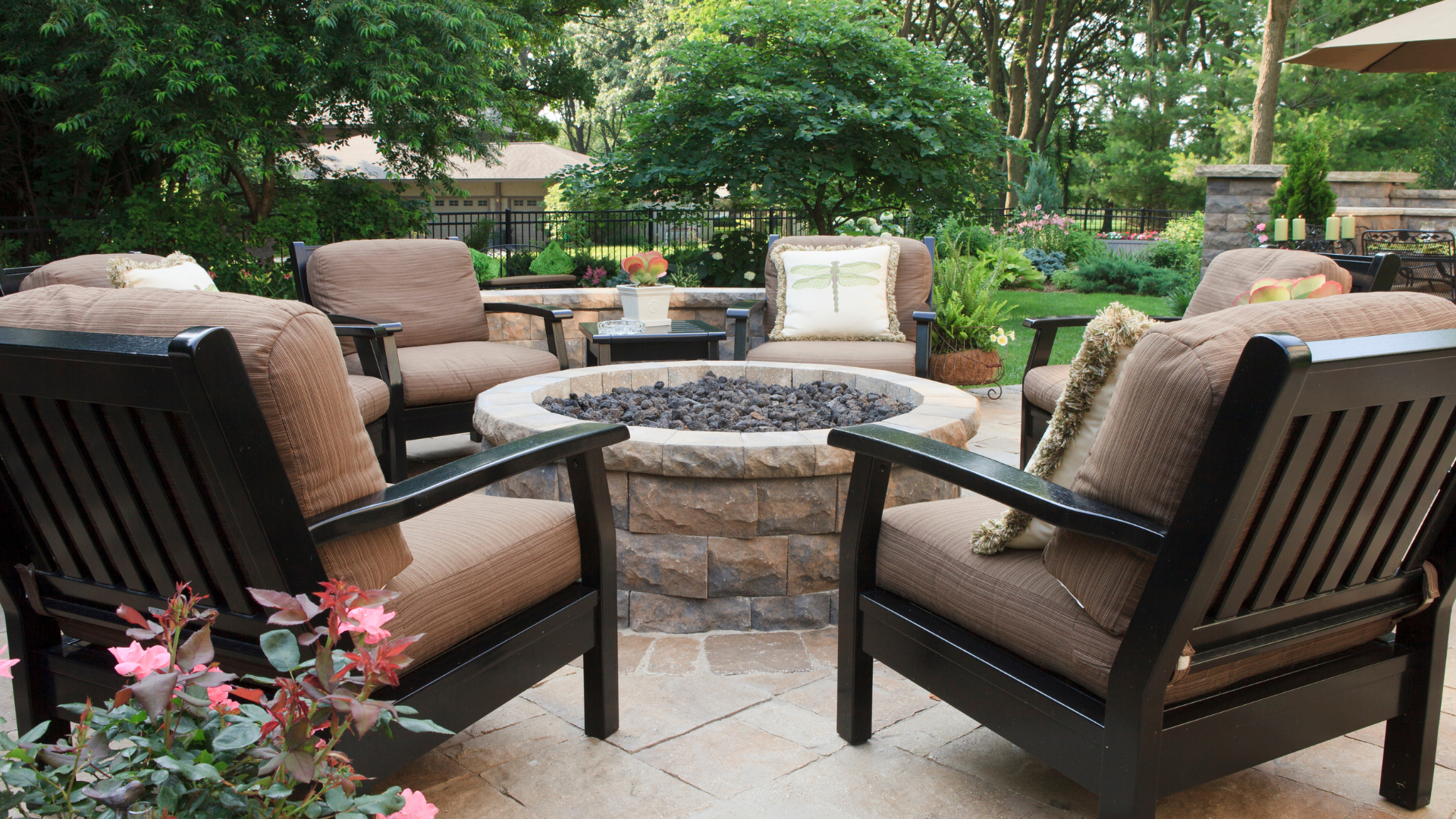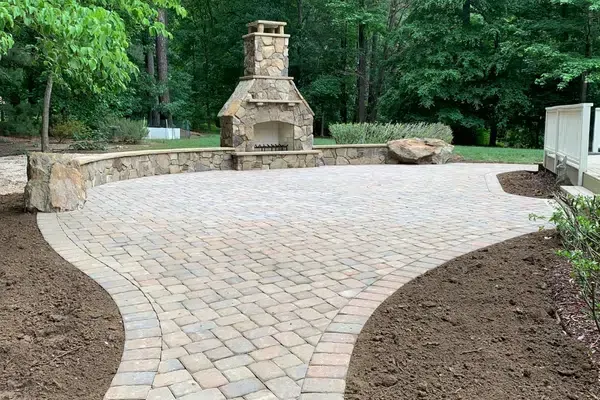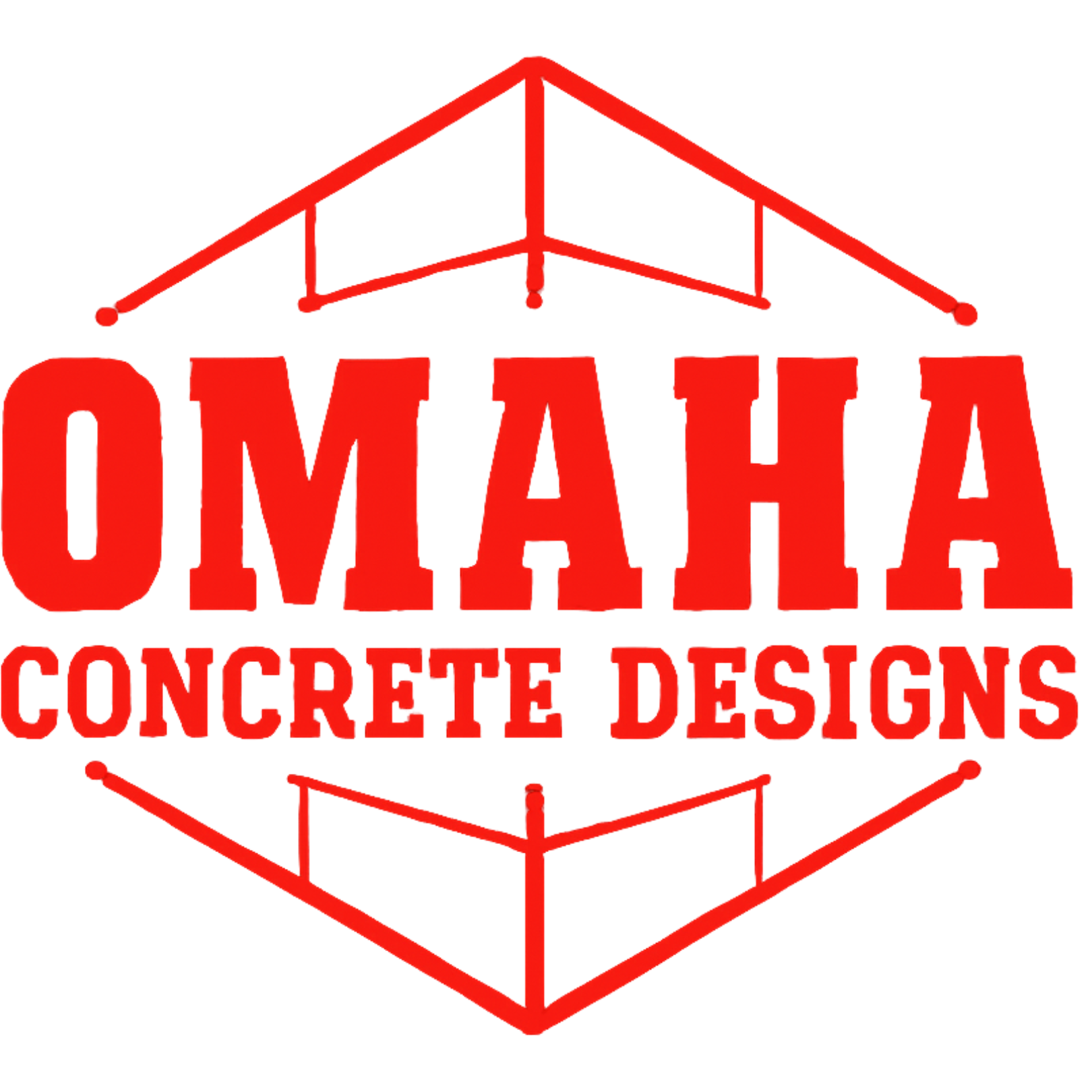The Best Retaining Wall Materials for Nebraska’s Soil Types (Clay, Sand & Loam)
Nebraska’s Soil is Eating Your Yard – Here’s How to Fight Back
If your backyard is slowly sliding toward your neighbor’s property or your flower beds look like they’ve been through a landslide, you’re not alone. Nebraska’s tricky soil—thick clay in Omaha, sandy loam near the Platte River, and everything in between—can wreak havoc on poorly built retaining walls.
As local contractors who’ve installed hundreds of walls across the state, we’ll break down which materials actually stand up to our freeze-thaw cycles, heavy rains, and shifting earth. No fluff—just what works (and what doesn’t).
Clay Soil? Your Wall Needs These Features
Where It’s Found: Common in Omaha, Bellevue, and Council Bluffs
The Challenge: Expands when wet, cracks when dry, and pushes walls outward.
Best Materials for Clay:
Interlocking Concrete Blocks
- Handles lateral pressure better than most
- Drainage holes prevent water buildup
- Our Pick: Belgard’s MegaWall system (used in 80% of our Omaha clay projects)
Poured Concrete with Steel Reinforcement
- Ideal for walls over 4 feet tall
- Requires proper drainage (we add weep holes and gravel backfill)
Avoid: Dry-stacked stone or basic timber—they’ll lean or rot within 5 years.
Sandy Soil Solutions (Western & Central NE)
Where It’s Found: Areas near the Sandhills, Grand Island, Kearney
The Challenge:
Shifts easily and offers poor stability
Top Material Choices:
Segmental Retaining Wall Blocks
- Lightweight but interlock tightly
- Flexible enough to settle without cracking
- Pro Tip: Use geogrid reinforcement for walls taller than 3 feet
Gabion Baskets
- Wire cages filled with local stone
- Excellent drainage and natural look
- Bonus: No need for mortar—just stack and fill
Watch Out For: Solid poured walls without drainage—sandy soil still needs water release.
Loam Soil (The Goldilocks Zone)
Where It’s Found: Parts of Lincoln, Papillion, and fertile farm areas
The Challenge: Holds moisture but can still erode over time
Ideal Materials:
Natural Stone with Mortar
- Beautiful and durable (lasts 50+ years)
- Requires skilled masons—we use limestone from local quarries
Concrete Sleepers
- Affordable and low-maintenance
- Resists frost heave better than timber
Maintenance Must: Check for mortar cracks every 2-3 years in loam areas.
3 Nebraska-Specific Installation Tips
Base Prep is Everything
- Dig 12" deeper than the wall height (for frost protection)
- Use 3/4" crushed gravel (not pea gravel—it shifts too much)
Drainage Can’t Be an Afterthought
- Install perforated pipe behind the wall
- Backfill with gravel, not soil
Face It the Right Way
- Walls taller than 4 feet need a 5-10° backward lean ("batter")
- Local code often requires engineering permits—we handle this for clients
FAQs From Nebraska Homeowners
Q: How much does a retaining wall cost in Omaha?
A: $25–$50/sq ft installed, depending on material and height.
Q: Can I build a retaining wall myself?
A: For walls under 3 feet, yes—but proper drainage is tricky. We offer DIY consulting.
Q: What’s the fastest-installing option?
A: Interlocking blocks (we completed a 50-foot wall in Gretna in one day).
Need a Wall That Outlasts Nebraska Winters?
Get Expert Help:
📞 Call
(402) 319-2100 for a free soil assessment



